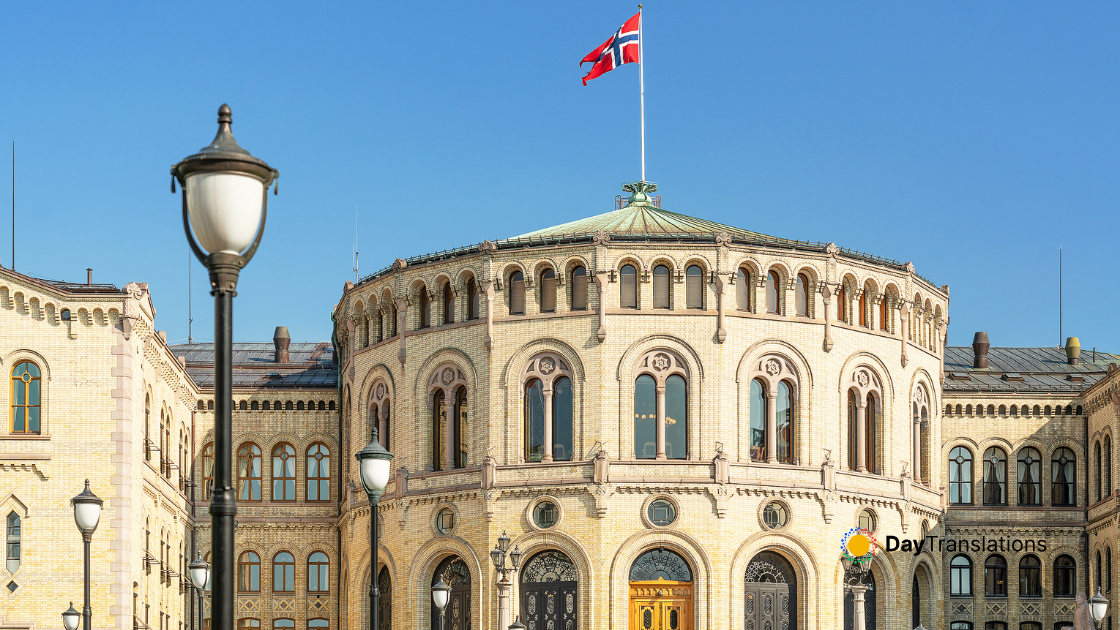Geography of Morocco: Important Geographical Information about Morocco
In this Country Profile
The Kingdom of Morocco boasts a great variation in terrain as well as in vegetation, with fertile plains near the Atlantic coast, many dramatic mountains and and vast stretches of the Sahara Desert. Morocco’s scenery is surprising and beautiful, surpassing all expectations.
The mountainous region of Morocco consists of the Atlas Mountains, high plateaus and valleys. The mountains are often heavily wooded, with firs and cedars on the higher slopes. In winter many of the mountains are covered in snow. Peaks reach a maximum elevation of 13,665 feet (4,165 m) in the High Atlas range which is divided into 5 regions stretching from Morocco, through northern Algeria and touching Tunisia. The High Atlas is the highest range, with Jabal Toubkal stretching to 4,165 m. Other spectacular mountains are: Chefchaouen Mountains, Oregano Mountains, Taliouine, Rif Mountains, Sarhro Mountains etc.
The Atlantic is a fairly broad region of low plateaus and level plains which are rich for agriculture, producing most of the country’s fruit and vegetables.Morocco has the most extensive river system in North Africa. Nearly all the permanently flowing rivers, including the Moulouya, Sebou, Oum er Rbia, Tensift, and Sous.
To the south and east lies the spectacular Sahara Desert, the world’s largest hot desert at over 9,000,000 square kilometers. There are streams in the hills and the desert oases support both human and animal life. Some of the sand dunes can reach 180 meters (600 ft) in height. Virtually no rain falls in the Sahar

Sorry, the comment form is closed at this time.